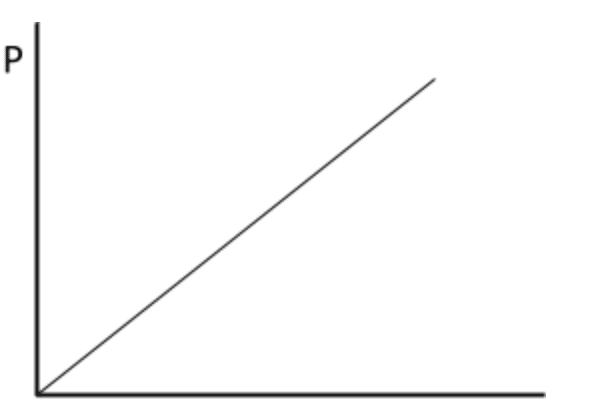Topic Content:
- Definition of Boyles Law
- Graphical Representation of Boyle’s Law
- Pictorial Representation of Boyle’s Law
- How Kinetic Theory Explains Boyle’s Law
- Calculations Based on Boyle’s Law
- Theory Questions and Answers
An English Physicist, Robert Boyle, in 1662, studied the effect of pressure change on gas volume. His observations led to Boyle’s Law.
What is Boyle’s Law?
Boyle’s law states that the volume of a fixed mass of gas is inversely proportional to its pressure, provided temperature remains constant.
It means that at constant temperature, an increase in the pressure exerted on a fixed mass of gas leads to a decrease in the gas volume and vice versa.
Mathematically:
\( \scriptsize V \propto \normalsize \frac{1}{P} \)This proportionality can be converted into an equation by adding a constant, K.
i.e \( \scriptsize V = \normalsize \frac{1}{P}\scriptsize K \)
⇒ \( \scriptsize V = \normalsize \frac{K}{P} \)
Or \( \scriptsize PV = K \)
Where V = Volume
P = Pressure
K = Proportionality constant
Using the expression PV = K
You are viewing an excerpt of this Topic. Subscribe Now to get Full Access to ALL this Subject's Topics and Quizzes for this Term!
Click on the button "Subscribe Now" below for Full Access!
Subscribe Now
Note: If you have Already Subscribed and you are seeing this message, it means you are logged out. Please Log In using the Login Button Below to Carry on Studying!





Responses